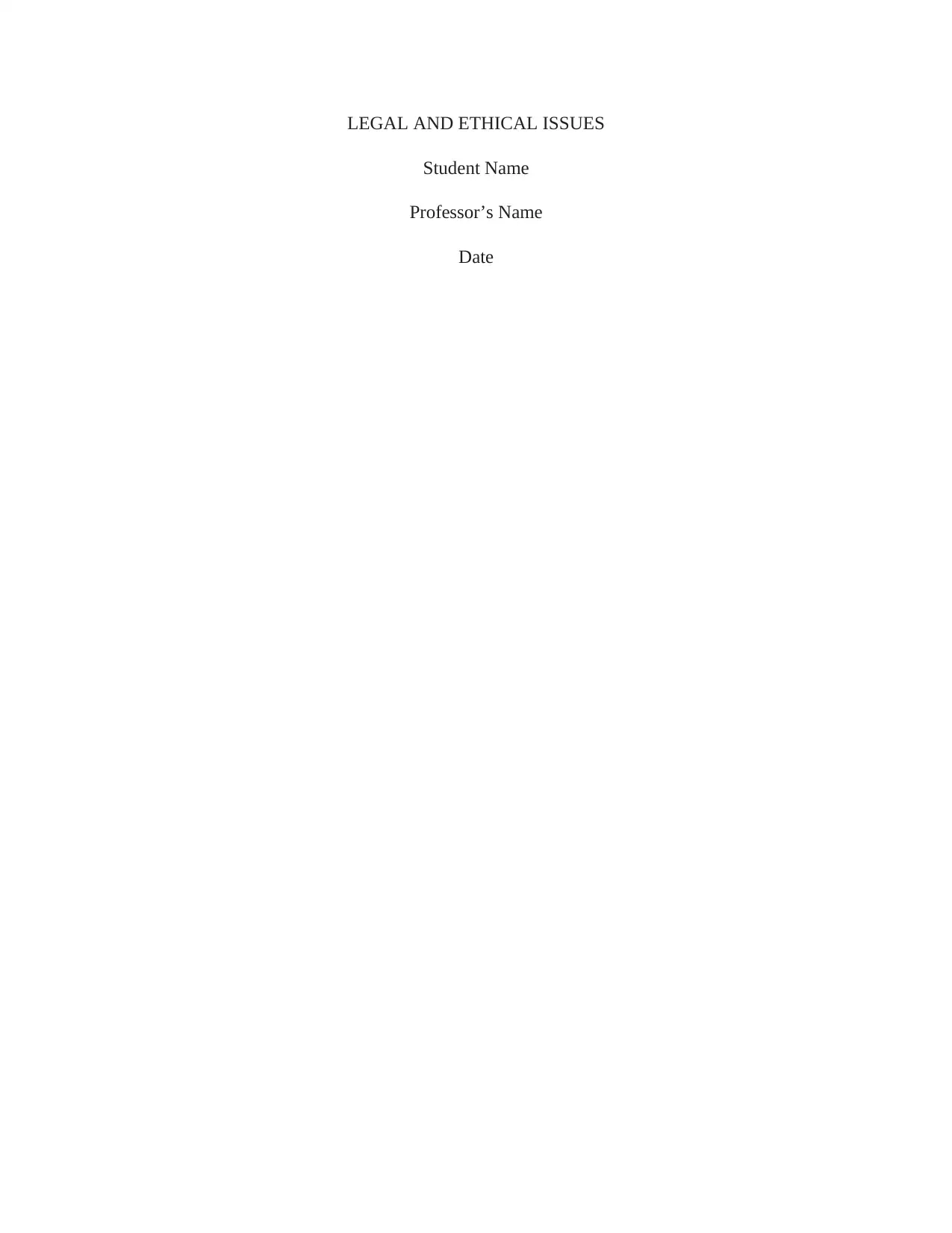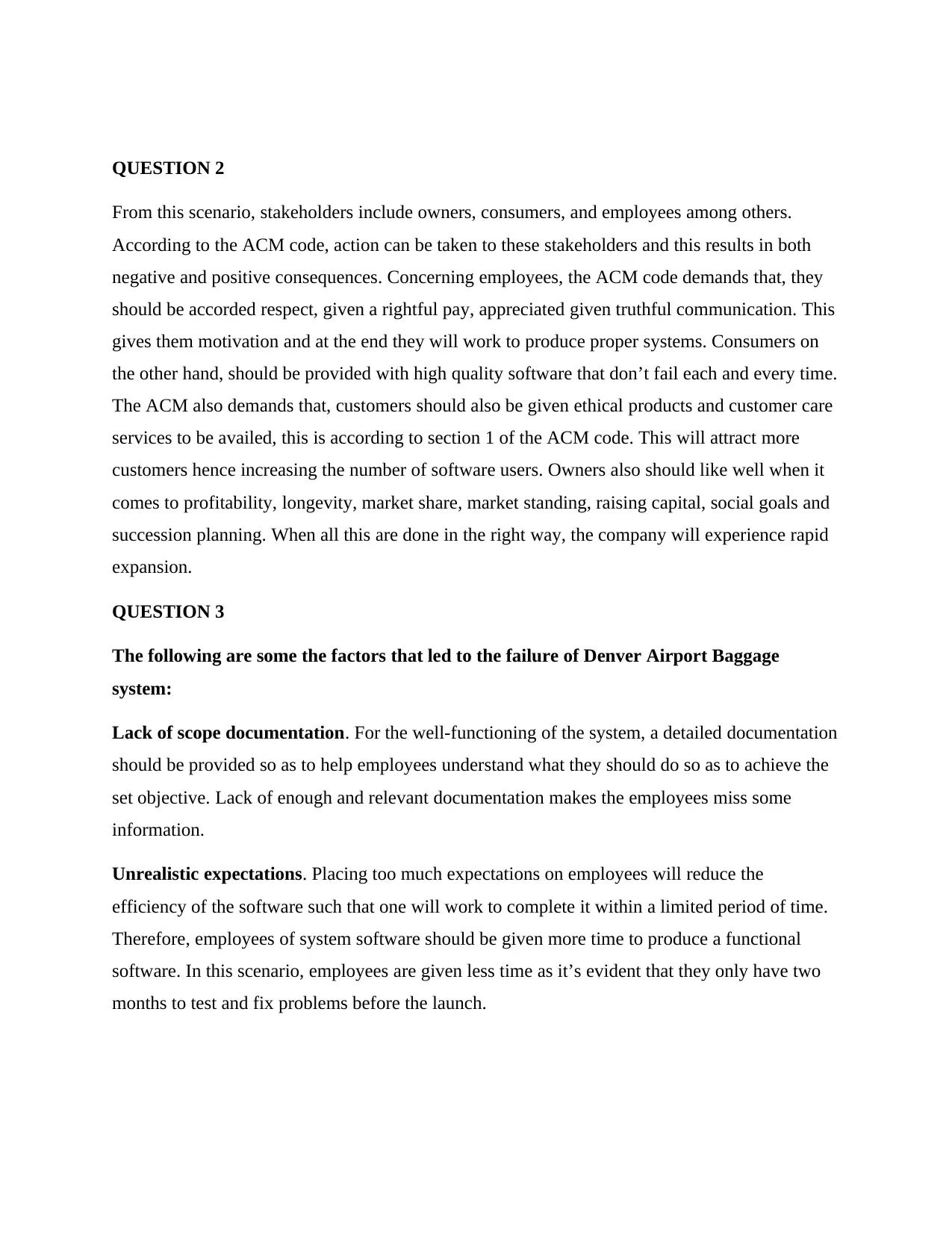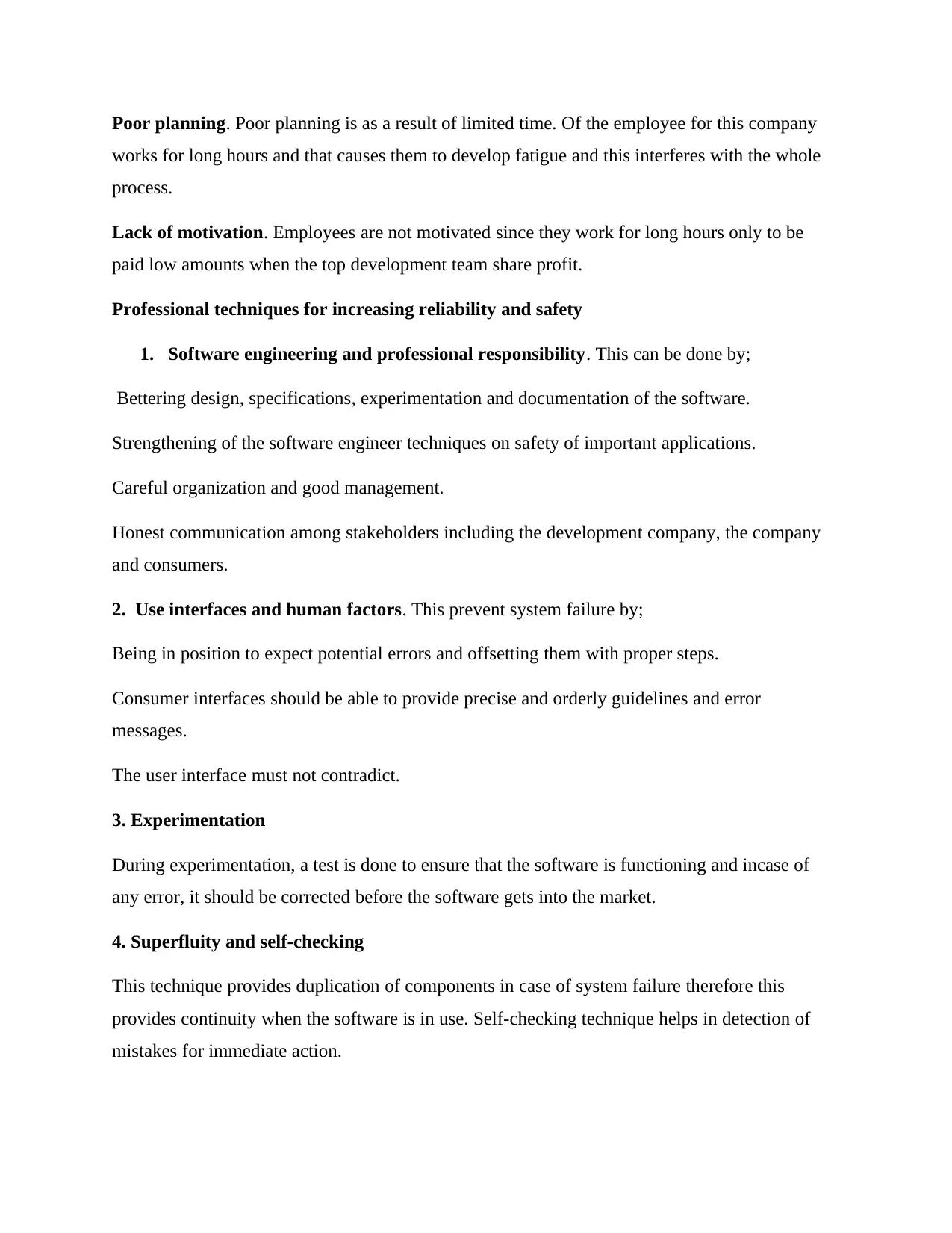Legal and Ethical Dimensions of Software Development: A Report
VerifiedAdded on 2023/05/30
|4
|604
|315
Report
AI Summary
This report addresses legal and ethical considerations within software development, focusing on a scenario involving a new software product and its stakeholders, including owners, consumers, and employees. It examines the impact of potential actions on these stakeholders, referencing the ACM code of ethics to justify decisions. The report also analyzes the factors that contributed to the failure of the Denver Airport Baggage system, such as lack of documentation, unrealistic expectations, poor planning, and lack of motivation. Furthermore, it proposes professional techniques for increasing reliability and safety in software development, including software engineering responsibility, improved user interfaces, experimentation, and redundancy with self-checking mechanisms. This document is available on Desklib, where students can find a wealth of solved assignments and past papers.
1 out of 4









![[object Object]](/_next/static/media/star-bottom.7253800d.svg)